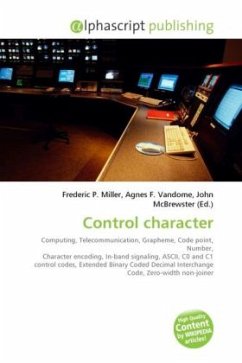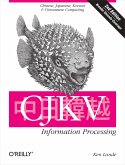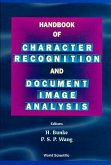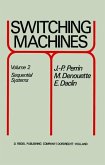In computing and telecommunication, a control character or non-printing character is a code point (a number) in a character set, that does not in itself represent a written symbol. It is in-band signaling in the context of character encoding. All entries in the ASCII table below code 32 (technically the C0 control code set) and 127 are of this kind, including BEL (which is intended to cause an audible signal in the receiving terminal), SYN (which is a synchronization signal), and ENQ (a signal that is intended to trigger a response at the receiving end, to see if it is still present). The Extended Binary Coded Decimal Interchange Code (EBCDIC) character set contains 65 control codes, including all of the ASCII control codes as well as additional codes which are mostly used to control IBM peripherals. The Unicode standard has added many new non-printing characters, for example the Zero-width non-joiner. The remainder of this article covers control codes in general and some codes that are in common use.
Bitte wählen Sie Ihr Anliegen aus.
Rechnungen
Retourenschein anfordern
Bestellstatus
Storno








